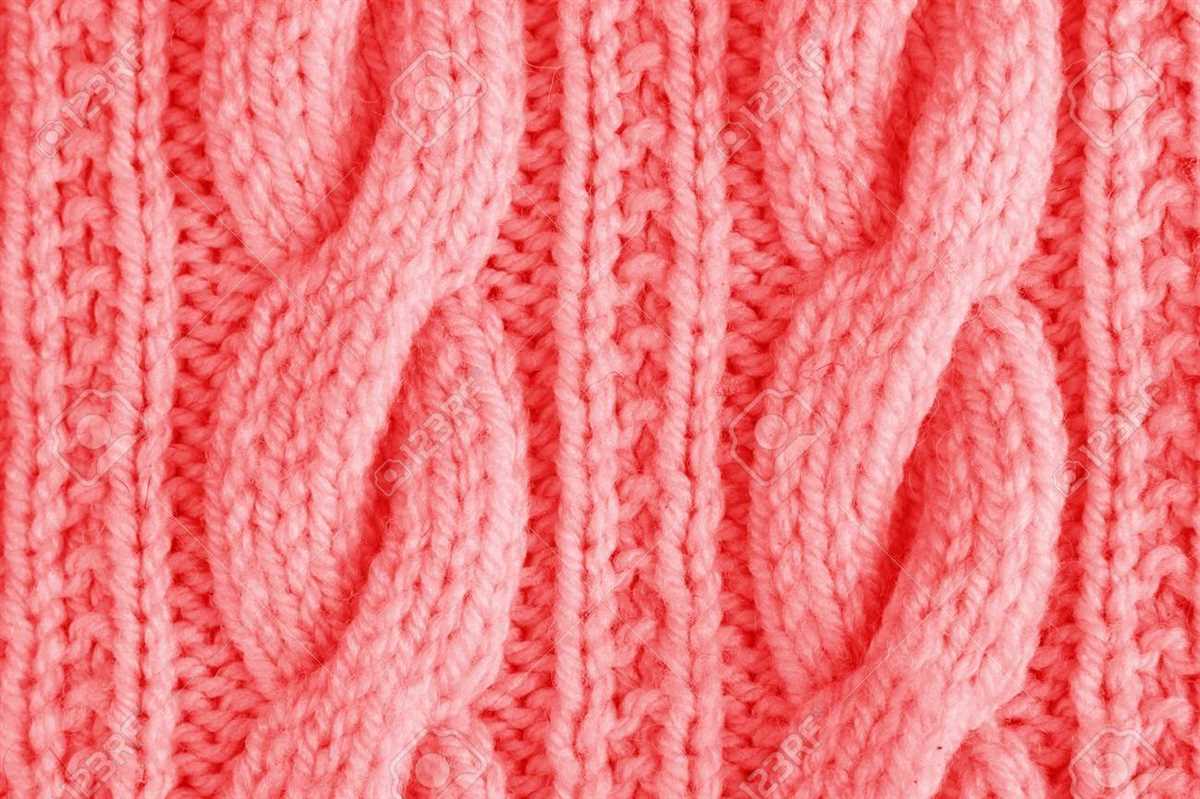
Creating your own sweaters and cardigans is a great way to express your personal style and ensure a perfect fit. However, working with sweater knit fabric can be a bit trickier than other types of fabrics due to its stretchiness and weight. That’s why it’s important to choose the right sewing patterns specifically designed for sweater knits.
When selecting a sewing pattern for sweater knit fabric, there are a few factors to consider. First, look for patterns that have been tested with sweater knit fabric or specify that they are suitable for knits. These patterns will have the correct amount of ease and details that work well with the stretchiness of sweater knits.
It’s also important to choose a pattern that suits the style and design you envision for your sweater. Whether you’re looking for a classic crewneck pullover or a trendy oversized cardigan, there are sewing patterns available to suit your taste. Additionally, consider the level of difficulty of the pattern and your sewing skills. Some patterns may require more advanced techniques, such as working with ribbing or adding special trims.
With the right sewing patterns and techniques, you can create beautiful sweaters and cardigans that are not only stylish but also comfortable and durable. So don’t be intimidated by sweater knit fabric – embrace it and unleash your creativity!
Sewing Patterns for Sweater Knit Fabric
When it comes to sewing with sweater knit fabric, it’s important to choose the right sewing pattern that complements the unique characteristics of this type of fabric. Sweater knit fabric is known for its stretch and drape, making it a popular choice for creating cozy and comfortable garments.
One of the key considerations when selecting a sewing pattern for sweater knit fabric is the style and design of the garment. Sweater knit fabric lends itself well to loose-fitting and draped styles, so patterns that feature relaxed silhouettes are often a good choice. Look for patterns that incorporate features like dolman sleeves, cowl necklines, and swing or A-line shapes to enhance the drape of the fabric.
Another important factor to consider is the construction method used in the pattern. Sweater knit fabric can be prone to stretching and warping during the sewing process, so it’s important to choose a pattern that uses techniques suited to this fabric. Look for patterns that include instructions for stabilizing the fabric before sewing, such as using clear elastic or stay tape along the seams. These techniques will help prevent the fabric from stretching out of shape and ensure a professional-looking finish.
When selecting a sewing pattern for sweater knit fabric, it’s also worth considering the level of sewing experience required. Some patterns may be better suited to more advanced sewists, with features like set-in sleeves or complex construction techniques. However, there are also plenty of beginner-friendly patterns available that are specifically designed for sweater knit fabric. These patterns often have simpler construction methods and may include helpful tips and instructions for working with this type of fabric.
- Here are a few popular sewing patterns for sweater knit fabric:
Ultimately, the best sewing pattern for sweater knit fabric will depend on your personal style and skill level. Whether you’re a beginner or an experienced sewist, there are plenty of options available to help you create beautiful and comfortable garments with this versatile fabric.
Benefits of Sewing with Sweater Knit Fabric
Sweater knit fabric offers a range of benefits that make it a popular choice for sewing projects. Whether you’re making a cozy sweater or a stylish cardigan, here are some advantages of using sweater knit fabric:
- Soft and Comfortable: Sweater knit fabric is known for its softness and comfort. It feels great against the skin and is perfect for creating garments that you’ll want to wear all day long.
- Stretch and Flexibility: Sweater knit fabric usually has a good amount of stretch, allowing for ease of movement and a comfortable fit. This makes it ideal for sewing projects that require a little extra give.
- Warmth: Sweater knit fabric is perfect for crafting garments that provide warmth. It has good insulation properties, making it suitable for cozy sweaters, cardigans, and other winter wear.
- Easy to Work With: Sweater knit fabric is generally easy to sew with, as it doesn’t fray easily and has a good drape. It can be machine washed for easy care and maintenance.
- Versatile: Sweater knit fabric comes in a variety of weights, textures, and colors, making it versatile for different sewing projects. From lightweight knits for summer tops to chunky knits for winter accessories, there’s a sweater knit fabric for every season.
Sewing with sweater knit fabric allows you to create comfortable, stylish garments that are perfect for all seasons. Its softness, stretch, warmth, and versatility make it a favorite choice among sewists. Whether you’re a beginner or an experienced seamstress, sweater knit fabric is a great option to explore for your next project.
Choosing the Right Sewing Pattern for Sweater Knit Fabric
When working with sweater knit fabric, it is important to choose the right sewing pattern to ensure a successful outcome. Sweater knit fabric is typically made from yarns that are knitted together, creating a soft, stretchy, and warm material. It can be used to make various garments, such as sweaters, cardigans, and dresses. Here are some important factors to consider when selecting a sewing pattern for sweater knit fabric.
Type of Garment
Firstly, consider the type of garment you want to make with the sweater knit fabric. Sweater knits are versatile and can be used for both fitted and loose-fitting garments. If you are looking to make a fitted sweater or dress, choose a pattern that is designed for stretch fabrics. These patterns will usually have negative ease, meaning they are meant to be smaller than your actual measurements to account for the stretch of the fabric. On the other hand, if you prefer a looser fit, opt for a pattern that has more ease built in.
Construction Details
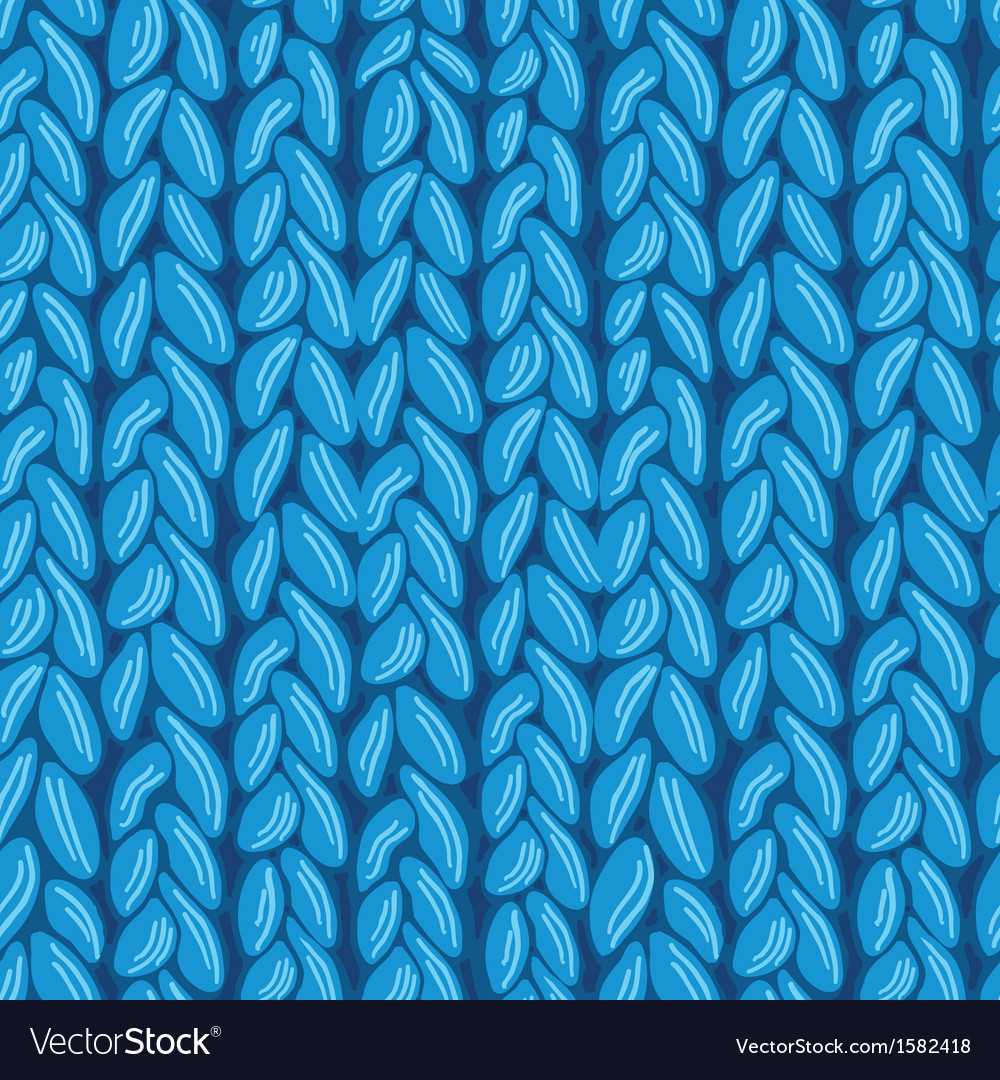
Another important consideration is the construction details of the sewing pattern. Sweater knit fabric tends to have a tendency to fray, so it is important to choose a pattern that has finishes that will prevent unraveling. Look for patterns with options for bands, cuffs, and hems that can be used to finish the edges. Additionally, consider the type of neckline and sleeve options that the pattern offers. Sweater knits can be prone to stretching out, so patterns with stabilizing features like neckbands and bands on the sleeves can help to maintain shape and prevent sagging.
Fabric Weight and Stretch
Lastly, take into account the weight and stretch of the sweater knit fabric when choosing a sewing pattern. Sweater knits can vary in thickness, ranging from lightweight and drapey to heavy and bulky. Make sure the pattern you choose is appropriate for the weight of your fabric. Additionally, check the stretch percentage required by the pattern and compare it to the stretch of your fabric. Some sweater knits have more stretch than others, so it is important to choose a pattern that will work well with the specific stretch of your fabric.
In conclusion, selecting the right sewing pattern for sweater knit fabric involves considering the type of garment, construction details, and the weight and stretch of the fabric. By taking these factors into account, you can ensure a successful and enjoyable sewing experience with sweater knits. Happy sewing!
Sweater Knit Fabric Care Tips
1. Hand washing is recommended: Sweater knit fabric is delicate and can easily stretch or shrink in the washing machine. To maintain the quality of your sweater knit garments, it is best to hand wash them. Fill a basin with cool water and a gentle detergent, then gently agitate the fabric. Rinse thoroughly and gently squeeze out excess water. Avoid wringing or twisting the fabric, as this can cause it to lose shape.
2. Use a gentle detergent: When hand washing or machine washing sweater knit fabric, choose a gentle detergent that is specifically formulated for delicate fabrics. Harsh detergents can damage the fibers and cause shrinkage. It is best to avoid bleach or any other harsh chemicals when caring for sweater knit fabrics.
3. Dry flat: After washing, reshape the sweater knit garment and lay it flat to dry. Avoid hanging or using a clothes dryer, as this can cause the fabric to stretch or lose its shape. Gently pat the fabric with a towel to remove excess water, then lay it flat on a clean, dry surface. Flip the garment occasionally to ensure even drying.
4. Store with care: When storing sweater knit garments, it is best to fold them rather than hang them to prevent stretching. Avoid placing heavy items on top of folded sweater knits, as this can cause imprints or permanent wrinkles. Store in a cool, dry place away from direct sunlight to prevent fading.
5. Check the care instructions: Always check the care instructions on the label of your sweater knit garments. Different types of sweater knit fabrics may have specific care requirements, such as temperature limitations or dry cleaning only instructions. Following the care instructions will help prolong the life of your sweater knit garments.
6. Test for colorfastness: Prior to washing or treating a sweater knit garment, test for colorfastness to prevent color bleeding or fading. Dampen a small, inconspicuous area of the fabric and blot with a white cloth. If the color transfers, take extra precautions when washing the garment, such as hand washing separately.
7. Take extra care with embellishments: If your sweater knit garment has embellishments such as beads, sequins, or embroidery, take extra care when washing to avoid damaging or misplacing the embellishments. Hand washing is generally recommended for these types of garments to ensure the embellishments remain intact.
By following these care tips, you can help maintain the quality and longevity of your sweater knit fabric garments.
Beginner-Friendly Sewing Patterns for Sweater Knit Fabric
If you’re new to sewing or working with sweater knit fabric, it can be overwhelming to find the right patterns that are beginner-friendly. Sweater knit fabric can be a bit tricky to handle as it has stretch and can be prone to stretching out of shape. However, with the right sewing patterns, you can easily create beautiful and cozy garments.
1. Sweater Knit Pullover Pattern
A sweater knit pullover is a classic and versatile garment that can be made with sweater knit fabric. Look for a pattern that has raglan sleeves and a relaxed fit to make it easier to work with the stretchy fabric. A pullover pattern with simple construction and minimal seams will be perfect for beginners.
2. Cardigan Pattern with Set-In Sleeves
A cardigan is another great option to sew with sweater knit fabric. Look for a pattern that has set-in sleeves and a button or zipper closure for a more structured look. A cardigan pattern with clear instructions and step-by-step illustrations will make it easier for beginners to follow along.
3. Sweater Dress Pattern
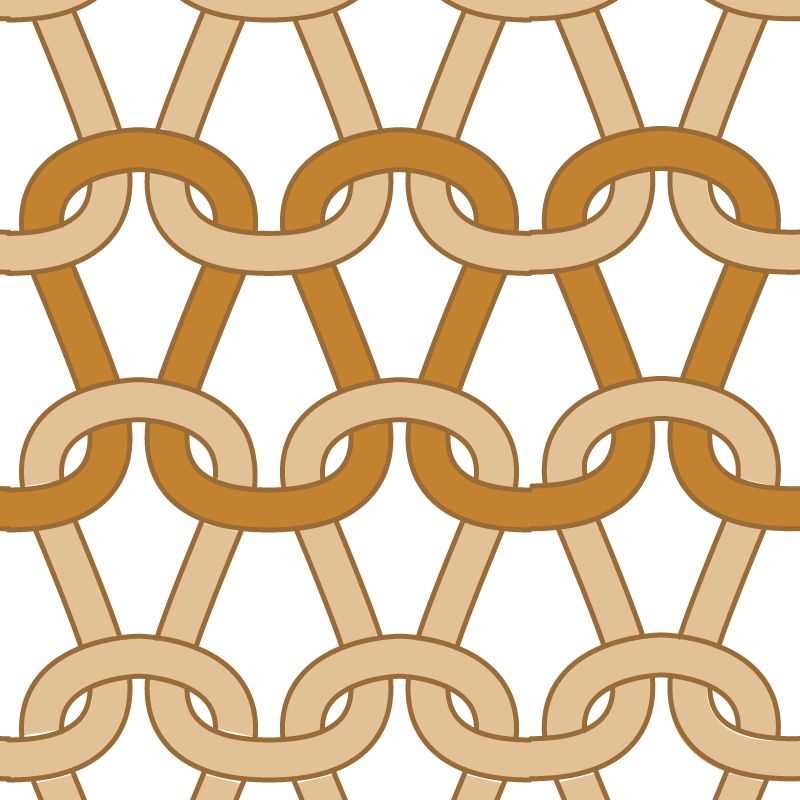
For those looking to make a cozy and stylish sweater dress, there are plenty of beginner-friendly patterns available. Look for a pattern that has a loose-fitting silhouette and minimal details to keep it simple. A sweater dress with a cowl neck or a simple crew neckline will work well with sweater knit fabric.
Remember to choose a pattern that includes guidance on how to handle sweater knit fabric, such as recommended stitches, needle types, and fabric handling techniques. Taking the time to properly prepare your fabric, use the right tools, and follow the instructions closely will ensure that your sewing project turns out beautifully.
- Sweater Knit Pullover Pattern
- Cardigan Pattern with Set-In Sleeves
- Sweater Dress Pattern
Advanced Sewing Patterns for Sweater Knit Fabric
When working with sweater knit fabric, there are several advanced sewing patterns that can elevate your sewing skills and create beautiful garments. Sweater knit fabric is a versatile material that can be used for a variety of projects, from cozy sweaters to stylish cardigans. With the right patterns and techniques, you can create unique and professional-looking pieces that showcase the beauty of this fabric.
Sweater Dress with Cable Knit Detail
A sweater dress with cable knit detail is a perfect project for those looking to challenge themselves and showcase their sewing skills. This pattern typically includes intricate cable knit panels that can be sewn into the dress to create a visually stunning design. The cable knit detail adds depth and texture to the garment, making it a standout piece in your wardrobe. To achieve the best results, it is important to choose a sweater knit fabric with good stretch and recovery.
Oversized Turtleneck Sweater
If you’re looking for a cozy and fashionable piece, an oversized turtleneck sweater made with sweater knit fabric is a great choice. This pattern typically features a loose and relaxed fit, making it comfortable to wear. The turtleneck adds an extra layer of warmth, perfect for colder seasons. To achieve the oversized look, it is important to choose a sweater knit fabric with a good drape. Additionally, adding ribbed cuffs and a ribbed hem can give the sweater a more polished and finished appearance.
Cardigan with Patch Pockets
A cardigan with patch pockets is a classic and versatile garment that can be worn in any season. This pattern typically features a longer length and an open front, allowing for easy layering. The patch pockets add functionality and style to the cardigan, making it a practical choice for everyday wear. When sewing this pattern with sweater knit fabric, it is important to choose a fabric with good structure and stability to ensure that the pockets do not sag or stretch out over time.
These advanced sewing patterns for sweater knit fabric provide an opportunity to hone your sewing skills and create unique and stylish garments. By selecting high-quality sweater knit fabric and using appropriate sewing techniques, you can achieve professional-looking results. Whether you’re looking to make a cable knit dress, an oversized turtleneck sweater, or a cardigan with patch pockets, these patterns will allow you to showcase the beauty and versatility of sweater knit fabric.
Sweater Knit Fabric Options for Different Styles

When it comes to creating garments with sweater knit fabric, there are several options available that can help you achieve different styles. From cozy and oversized sweaters to fitted and stylish cardigans, the type of sweater knit fabric you choose plays a significant role in the final look of your garment.
1. Chunky Cable Knit
If you’re going for a chunky and cozy vibe, consider using a chunky cable knit fabric. This type of fabric features large, raised cables that add texture and visual interest to your sweater. Chunky cable knit fabrics are perfect for creating oversized sweaters or cardigans that provide warmth and comfort during the colder months.
2. Fine Gauge Knit
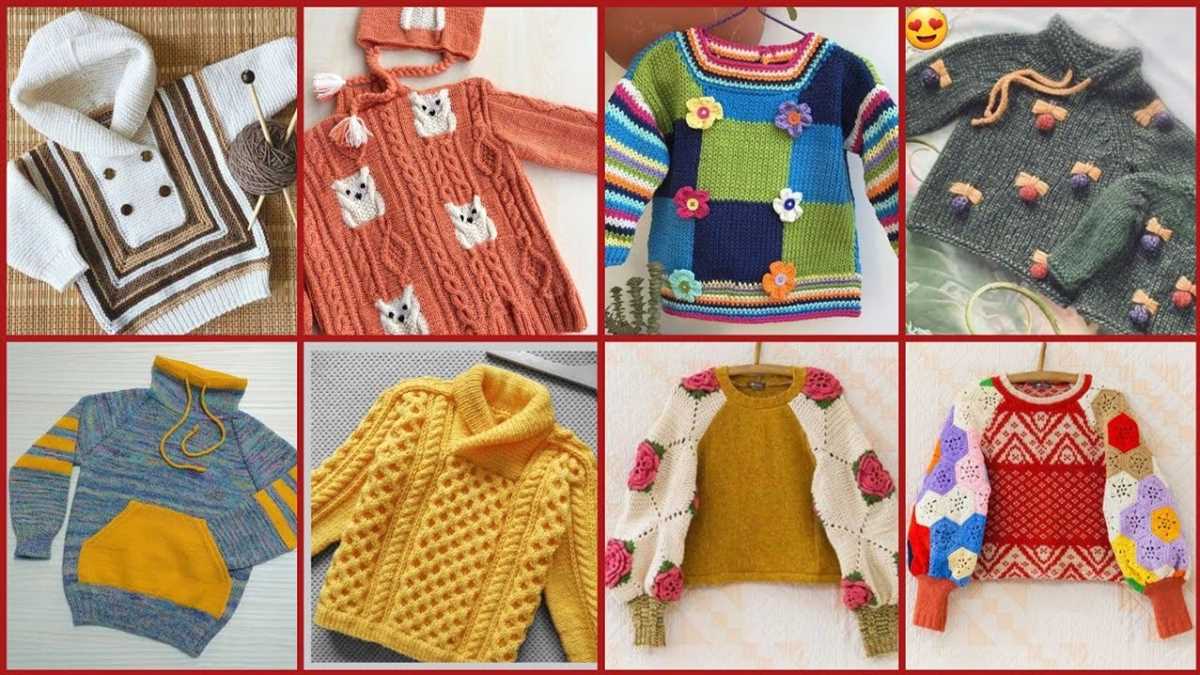
For a more sophisticated and polished look, opt for a fine gauge knit fabric. This type of fabric is tightly knit and has a smoother appearance compared to chunky knits. Fine gauge knit fabrics are ideal for creating fitted sweaters or cardigans that can be layered over blouses or worn on their own. They offer a more refined and elegant finish that is perfect for both casual and formal occasions.
3. Rib Knit
If you want to add some stretch and texture to your sweaters, consider using a rib knit fabric. Rib knits feature vertical ribbing that provides elasticity and visual interest to your garment. They are ideal for creating fitted sweaters or cardigans that hug the body and offer a flattering silhouette. Rib knits come in various widths, allowing you to customize the level of stretch and texture in your design.
4. Boucle Knit
If you’re looking for a unique and textured fabric, boucle knit is an excellent choice. Boucle knits have a looped or curly texture that creates a cozy and luxurious feel. They are perfect for creating statement sweaters or cardigans that stand out from the crowd. Boucle knit fabrics come in a range of colors and patterns, making them versatile options for various styles and designs.
When selecting sweater knit fabric for your garment, consider the style and fit you’re aiming for. You can experiment with different fabric options to achieve the desired look and create a unique and stylish sweater or cardigan.
Tips for Working with Sweater Knit Fabric
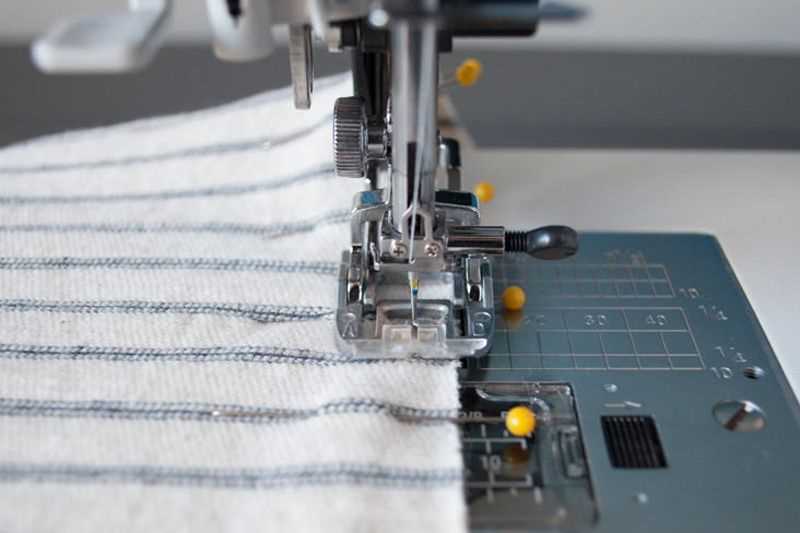
Working with sweater knit fabric can be a bit trickier than other types of fabrics due to its stretchiness and drape. However, with the right techniques and tools, you can create beautiful garments with sweater knits. Here are some tips to help you successfully work with this type of fabric:
1. Use a walking foot
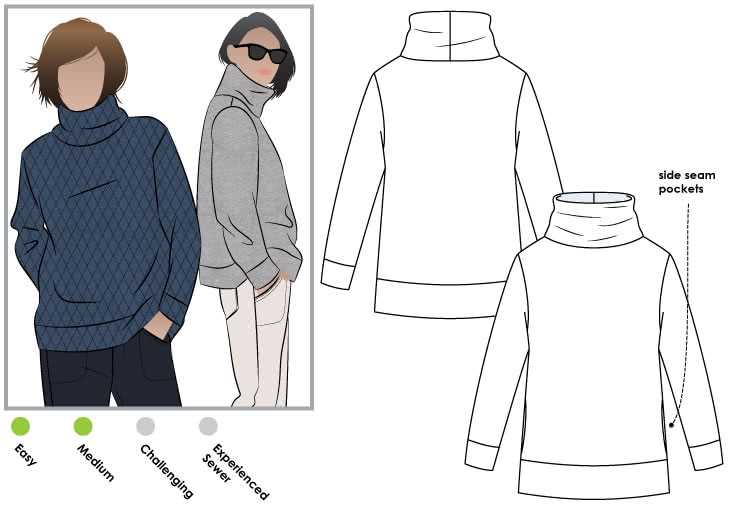
A walking foot is a sewing machine foot that helps to feed both the top and bottom layers of fabric evenly, preventing stretching and shifting. This is especially useful when working with sweater knits, as they tend to stretch and distort easily. Using a walking foot will ensure that your seams stay straight and even.
2. Choose the right needle
When sewing with sweater knit fabric, it’s important to use a needle that is appropriate for knits. A ballpoint or stretch needle is ideal, as it has a rounded tip that slips between the knit stitches without damaging them. Using a regular sewing needle can cause skipped stitches or tears in the fabric.
3. Stabilize your seams
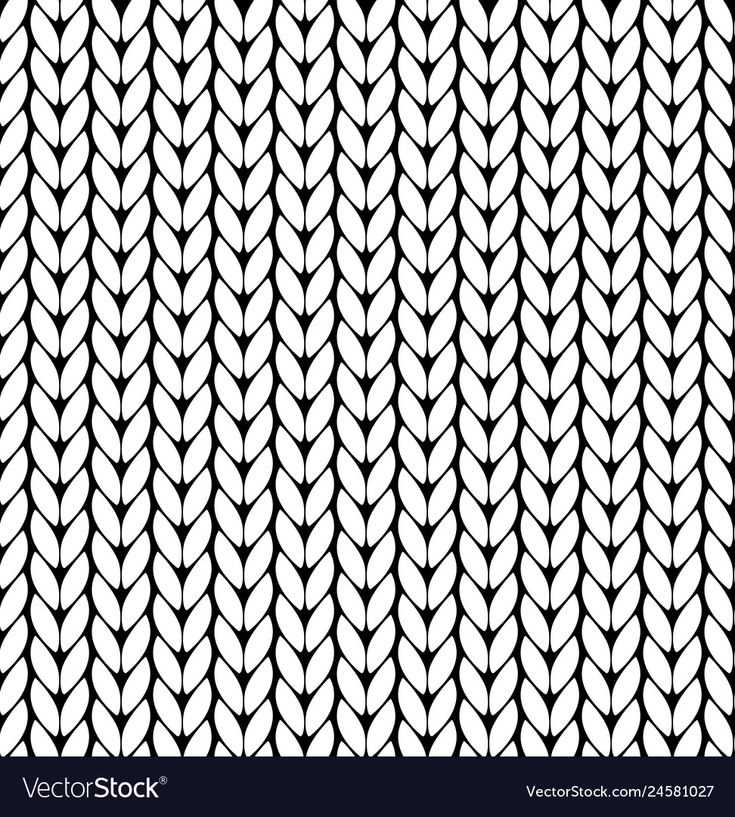
Sweater knit fabric can be quite slippery and prone to stretching, so it’s important to stabilize your seams to prevent them from stretching out of shape. You can use stay tape, clear elastic, or even strips of lightweight interfacing to stabilize the seams. Simply attach the stabilizer to the seam allowance before sewing the seam.
4. Use a zigzag stitch or overlock machine
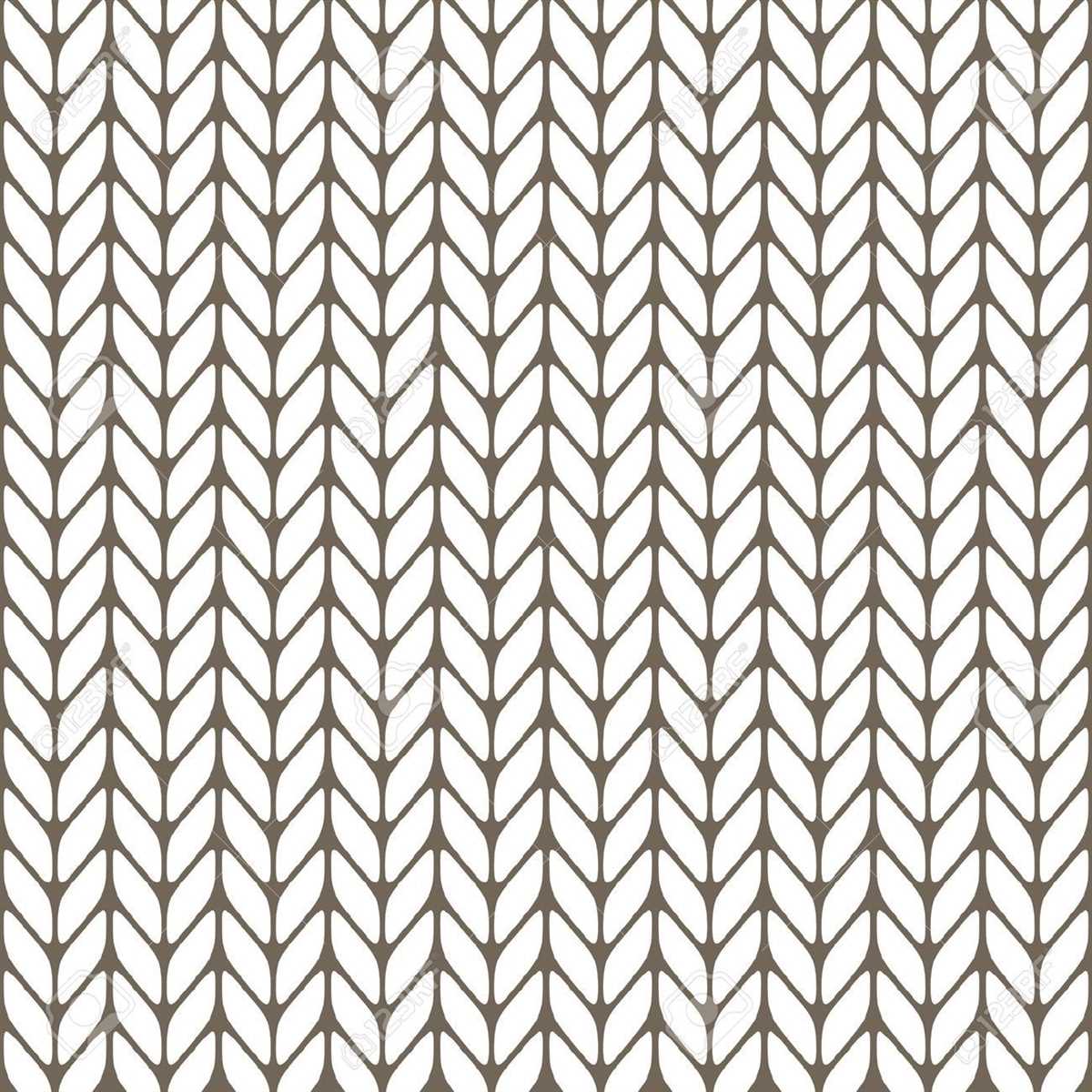
Sweater knits have a lot of stretch, so it’s important to use a stitch that can accommodate this stretch. A zigzag stitch or a stretch stitch on your sewing machine will work well for seams. If you have an overlock machine, it’s even better, as it will provide a stretchy and professional finish to your seams.
5. Test your stitches and tension
Before sewing your garment, it’s a good idea to test your stitches and tension on a scrap piece of fabric. This will allow you to adjust the stitch length and tension to ensure that the stitches are neither too loose nor too tight. Sweater knits can vary in thickness, so it’s important to find the right settings for your specific fabric.
By following these tips, you can confidently work with sweater knit fabric and create garments that are both stylish and comfortable to wear.
Embellishments and Details for Sweater Knit Projects

Adding embellishments and details to your sweater knit projects can take them from simple to stylish. Whether you’re sewing a cardigan, pullover, or even a sweater dress, there are numerous ways to elevate your garments and make them unique.
1. Cables: Cables are a classic and timeless detail that can be easily incorporated into sweater knit projects. Use a cable knitting technique to create intricate twists and braids, adding texture and visual interest to your garment.
2. Ribbing: Ribbing is commonly used for cuffs, collars, and waistbands on sweaters, but it can also be a great decorative element. Experiment with different ribbing patterns, such as mock rib or fisherman’s rib, to add dimension and contrast to your project.
3. Embroidery: Embroidery is an excellent way to personalize your sweater knit projects. Whether you add small, delicate motifs or large, intricate designs, embroidery can create a stunning focal point and make your garment truly unique.
4. Appliques: Appliques are fabric cutouts that are sewn or glued onto a garment. They can be made from the same sweater knit fabric or contrasting fabrics to create a pop of color or texture. Consider using appliques in the shape of flowers, animals, or geometric patterns to add visual interest.
5. Buttons: Buttons are a functional and decorative element that can easily elevate the look of a sweater. Choose buttons in unique shapes, colors, or materials to add a touch of personality to your garment. Additionally, mixing different buttons can create an eclectic and stylish effect.
6. Pockets: Adding pockets to your sweater knit projects can be both practical and visually appealing. Experiment with different pocket styles, such as patch pockets or hidden pockets, to add functionality and an element of surprise to your garment.
7. Contrast Fabric: Incorporating contrast fabric into your sweater knit projects can create eye-catching details. Consider using a different color or texture for certain parts of your garment, such as the collar, cuffs, or even panels, to create contrast and make your project stand out.
Styling Ideas for Sewn Sweaters
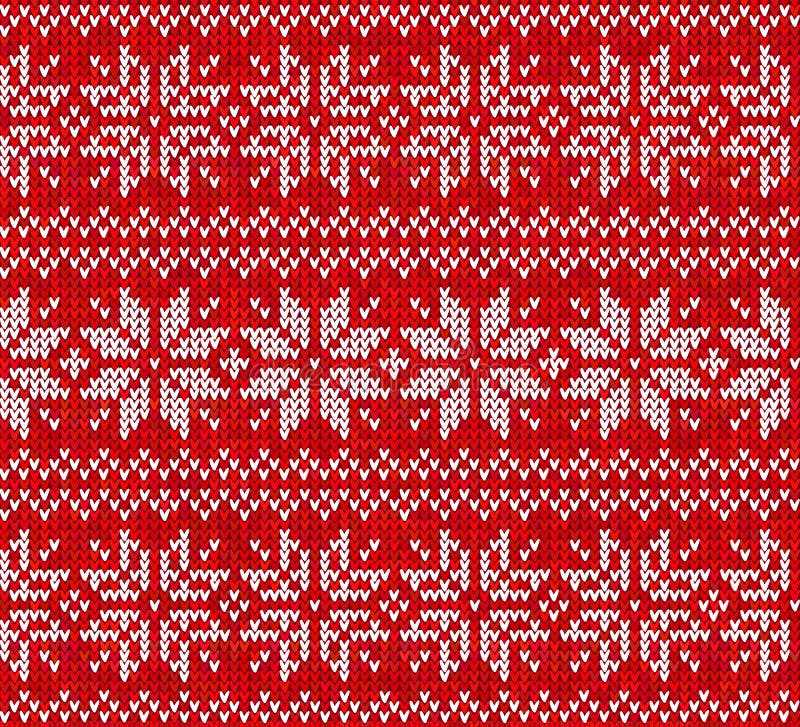
Sewn sweaters are versatile and can be styled in a variety of ways, making them a great addition to any wardrobe. Whether you prefer a casual or more polished look, here are some styling ideas to consider:
1. Layering with a Collared Shirt
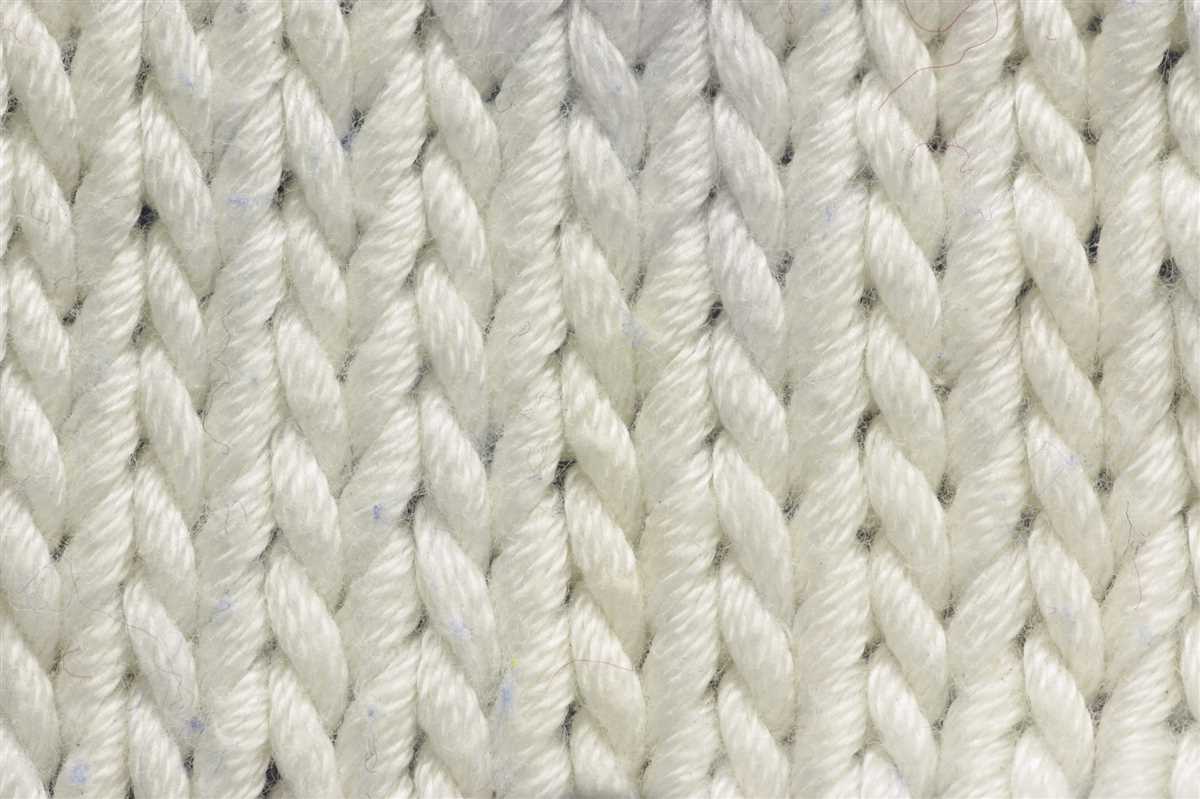
For a preppy and put-together look, layer your sewn sweater over a collared shirt. Opt for a button-down shirt for a more tailored and polished vibe, or go for a cozy flannel or chambray shirt for a relaxed and casual feel. This combination works well with both crew neck and v-neck sweaters, and can be paired with jeans, skirts, or trousers.
2. Belt it Up
Give your sewn sweater some shape and definition by adding a belt at the waist. This works particularly well with oversized or chunky sweaters, as it helps to create a more flattering silhouette. Choose a wide belt for a bold and statement-making look, or a slender belt for a more subtle accent. Pair your belted sweater with high-waisted jeans or a skirt for a chic and stylish outfit.
3. Dress it Up
Transform your sewn sweater into a dress by pairing it with tights or leggings and knee-high boots. Opt for a sweater with a longer length or choose to layer it over a slip dress for added length. This is a great option for colder weather or when you want to achieve a more polished and dressy look with your sweater.
4. Play with Proportions
Have fun with the proportions of your sewn sweater by pairing it with different bottom styles. Try wearing it with wide-leg pants for a trendy and fashion-forward outfit, or go for a fitted skirt for a more feminine and polished look. Balancing the volume of your sweater with the right bottoms can create an interesting and flattering silhouette.
Remember, when styling your sewn sweaters, don’t be afraid to experiment and try new combinations. The possibilities are endless, and you can create unique and personalized looks that reflect your individual style.
Coordinating Sewn Sweaters with Other Garments
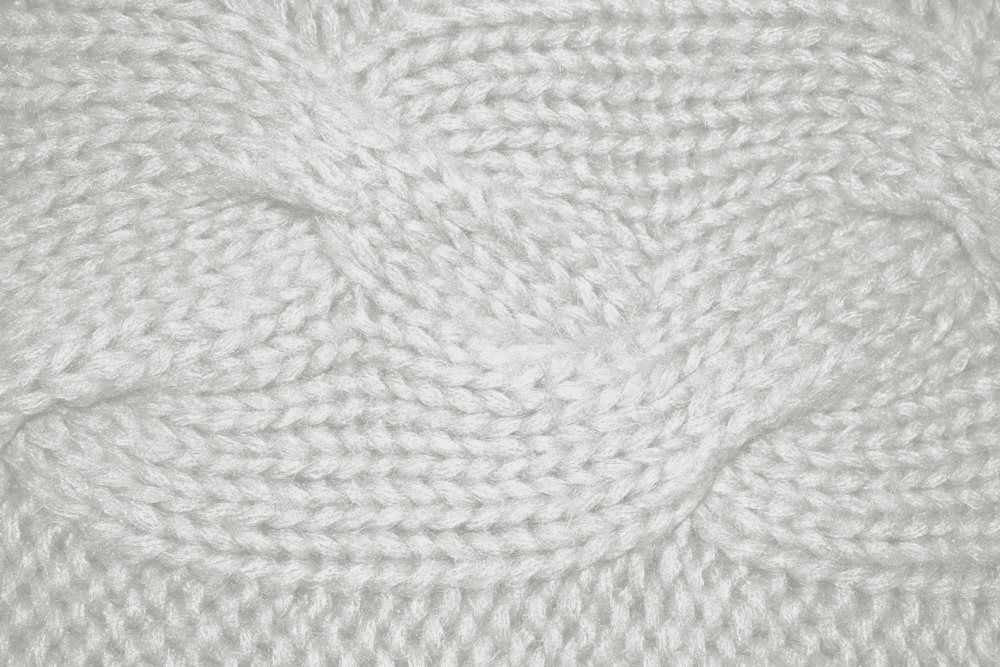
Once you have completed sewing your sweater using the chosen pattern and sweater knit fabric, it’s time to think about coordinating it with other garments in your wardrobe. Coordinating your sewn sweaters with other pieces can help you create stylish and cohesive outfits.
Here are some tips to help you coordinate your sewn sweaters:
1. Consider Color
Choose colors that complement each other when picking out garments to wear with your sweater. Look for colors that are in the same color family or colors that are opposite on the color wheel for a complementary look. For example, if you have sewn a sweater in a warm, earthy tone, consider pairing it with bottoms in shades of brown or mustard.
2. Mix Textures
Experiment with different textures to add dimension to your outfits. Pair your sweater with bottoms made of different materials, such as denim or corduroy, or add a textured scarf or hat to your look. Mixing textures can add visual interest and make your outfit more visually appealing.
3. Layering
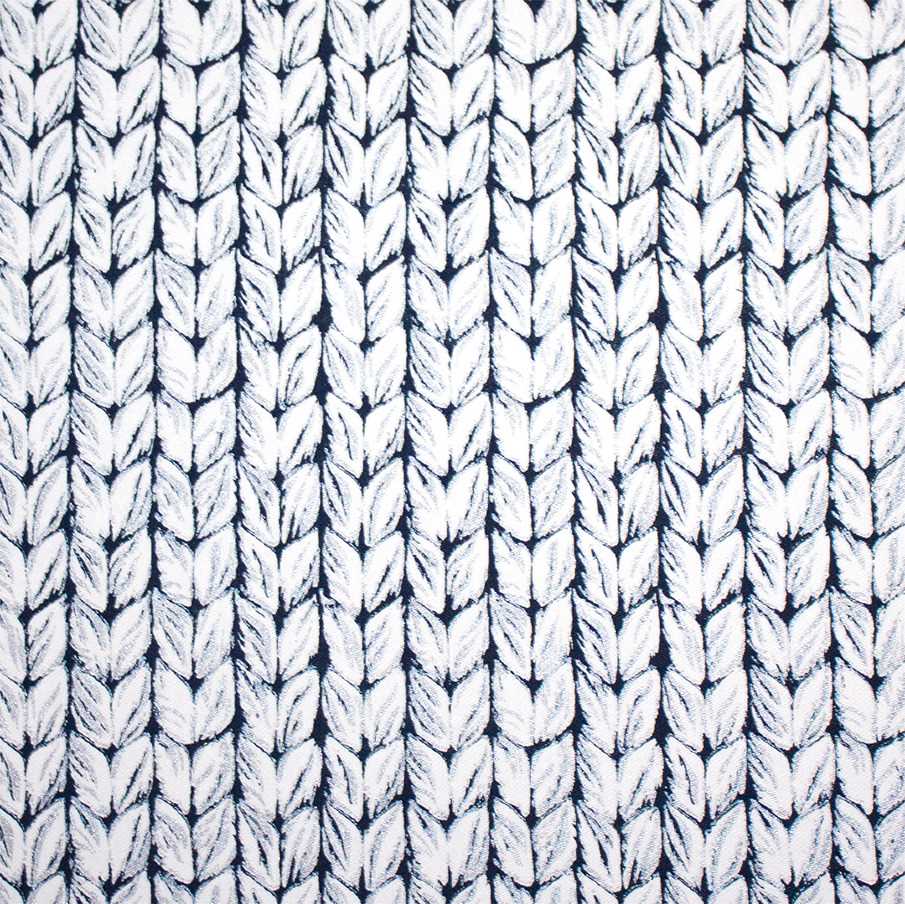
Sweaters are perfect for layering. Consider layering your sewn sweater over a collared shirt or blouse for a preppy look, or layer it under a blazer or jacket for a more sophisticated outfit. Layering can add depth and versatility to your wardrobe, allowing you to create different looks with the same sweater.
4. Accessorize
Add accessories to complete your outfit and tie your whole look together. Consider adding a belt to cinch in your sweater at the waist, or accessorize with statement jewelry or a stylish handbag. Accessories can elevate the overall look and add a personal touch to your outfit.
By following these tips, you can easily coordinate your sewn sweaters with other garments, creating stylish and put-together outfits. Have fun experimenting with different combinations and showcasing your handmade sweaters!